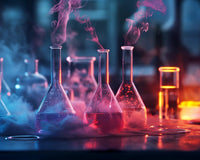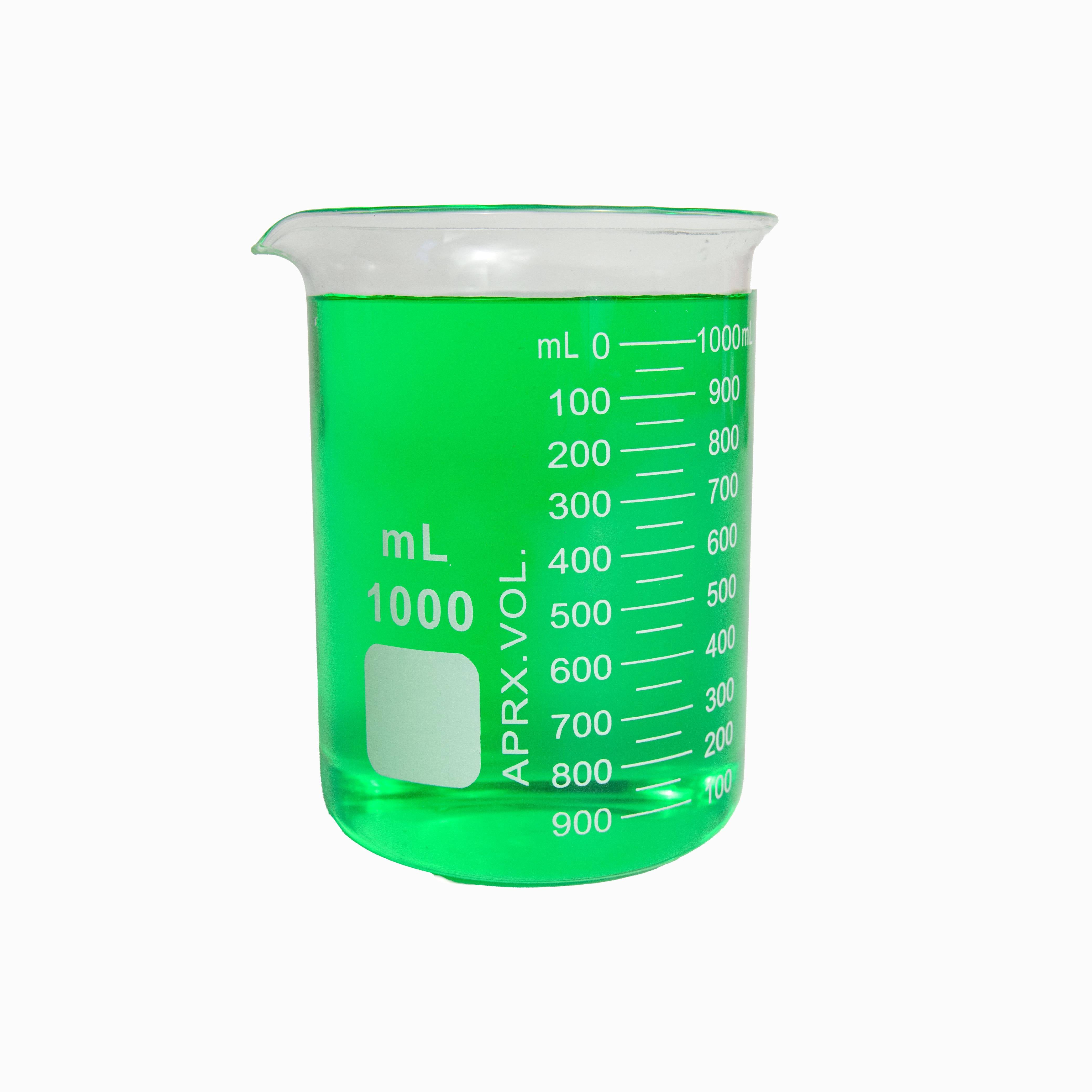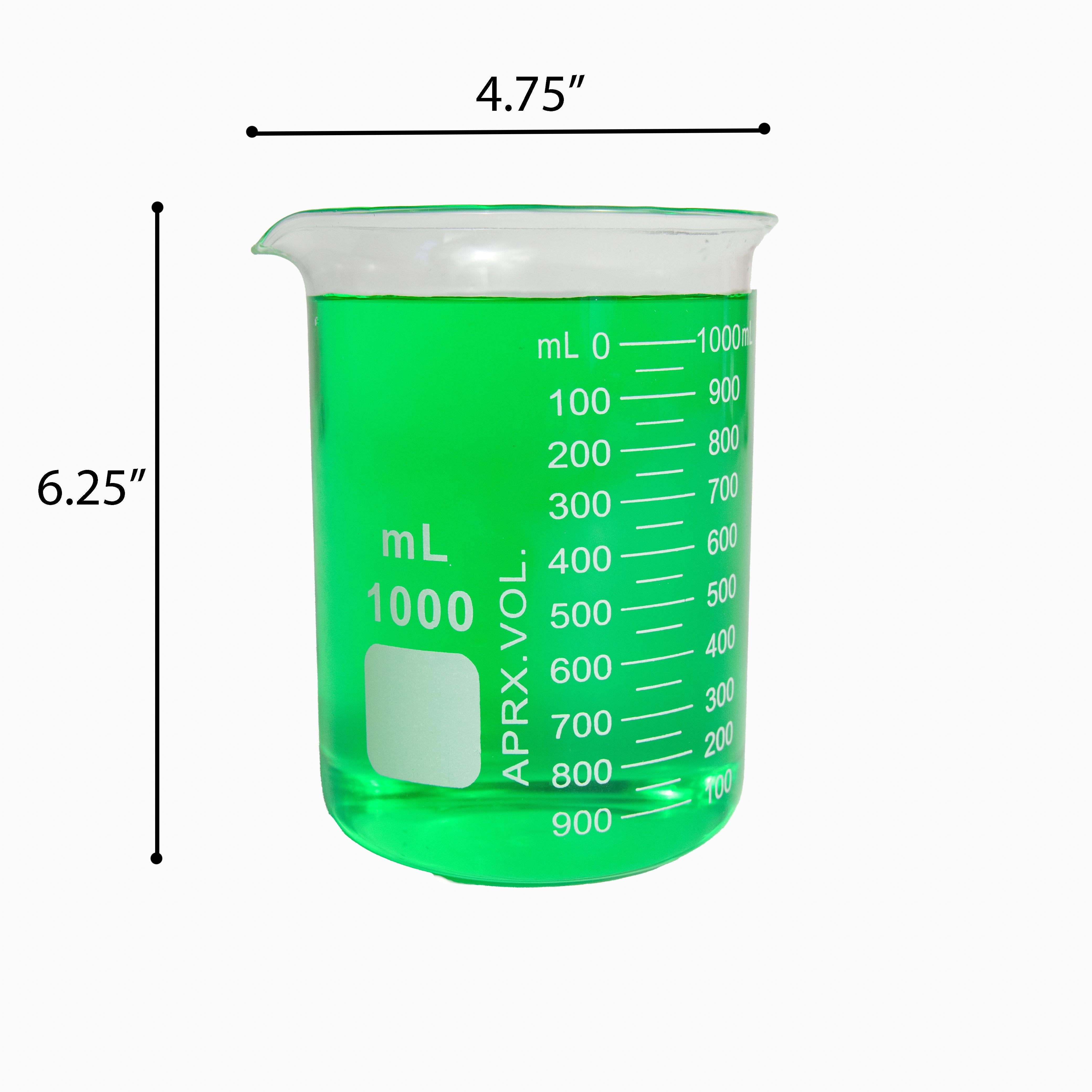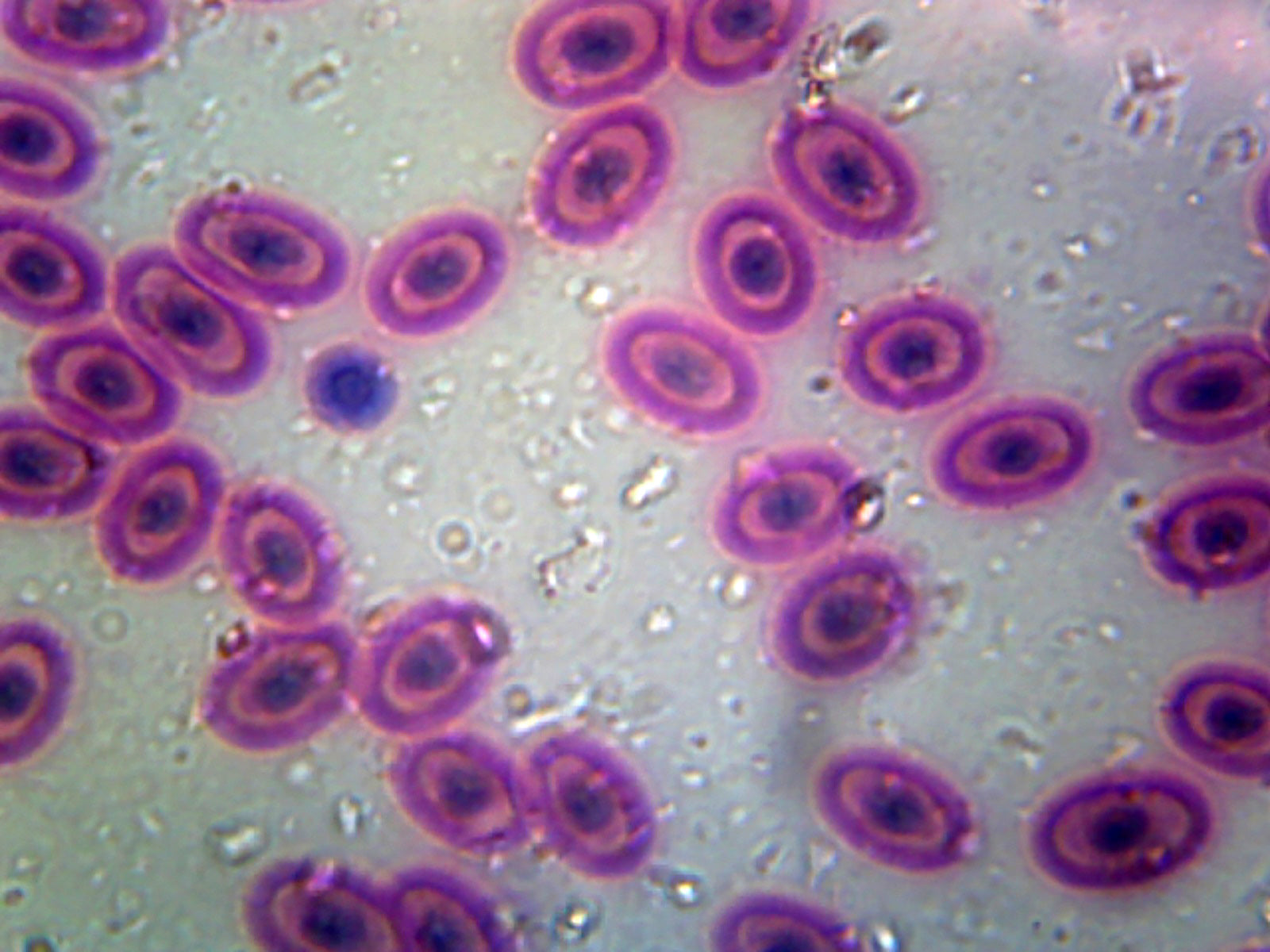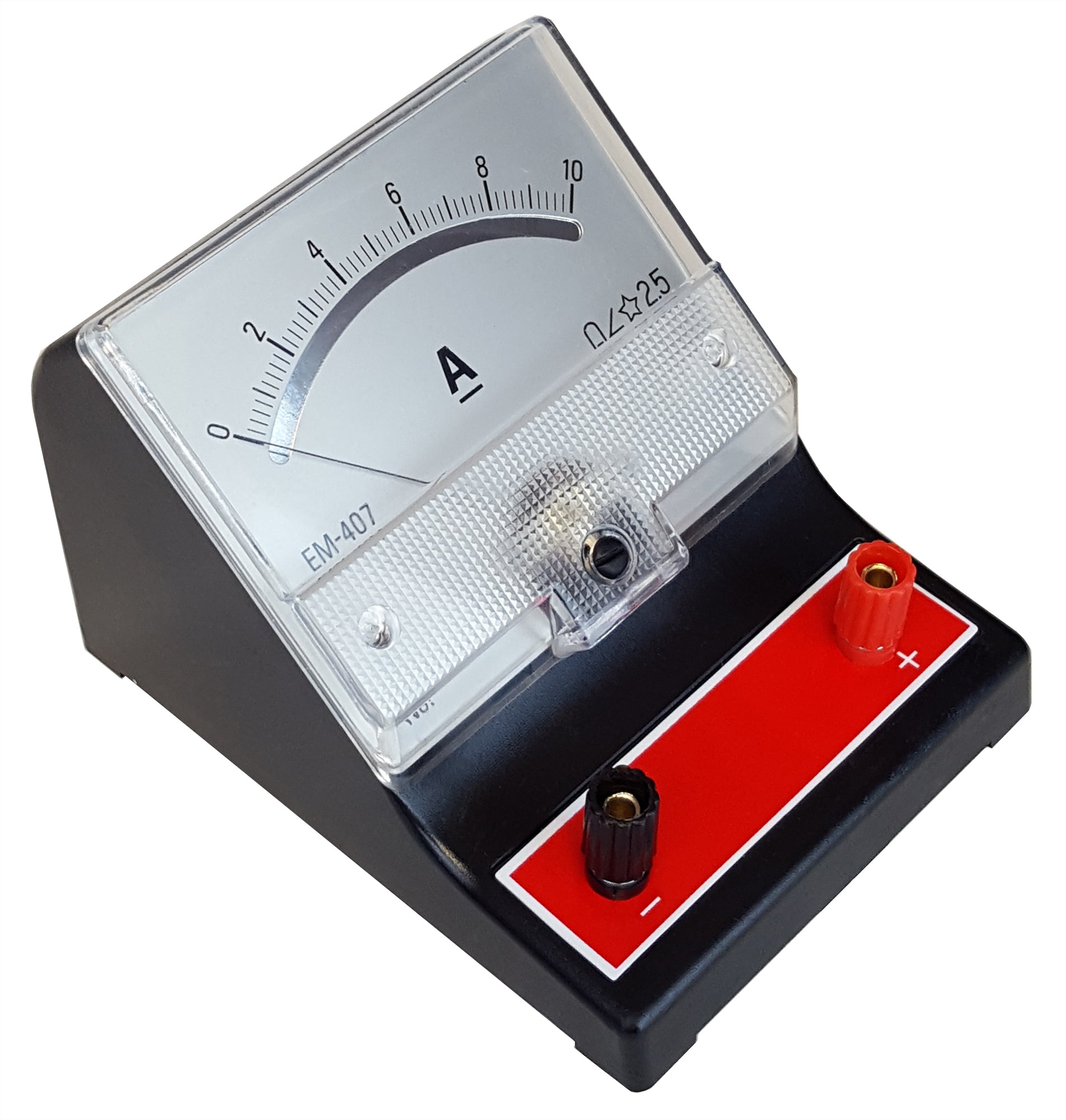Science is full of bubbling potions, colorful explosions, and sizzling experiments! Burners are like little dragon friends that help us heat things up. Scientists use them to cook up chemical reactions and discover amazing things. They make liquids boil, metals glow and even create colorful flames.
Burners turn boring substances into exciting experiments full of surprises. With the right safety steps, burners help scientists explore chemistry safely. Every great experiment starts with a little heat and a lot of curiosity. Let’s jump into the world of burners and uncover their secrets!
The Basics of Burners in Science
Burners are tools that produce flames for scientific and lab use. They provide controlled heat to test materials and observe reactions. Burners work by mixing fuel and air to create fire. Scientists use them to study heat effects on different substances. The flame’s temperature can be adjusted based on the experiment’s needs. Burners are found in chemistry labs, classrooms, and professional research centers. Understanding their function helps scientists safely conduct exciting chemistry experiments.
How Burners Help Chemical Reactions
Heat makes chemical reactions happen faster and in different ways and burners provide the necessary heat to start and control reactions. Some reactions need high heat to break or form new bonds. Other reactions produce heat, causing substances to glow or burn.
Scientists use burners to study these changes and record results. Burners allow controlled heating for accurate chemical reaction observations. Their role in experiments makes chemistry more exciting and informative.
Types of Burners in Laboratories
Different burners exist for various heating needs in laboratories today. Bunsen burners are common and use gas for an adjustable flame. Alcohol burners provide smaller flames for gentle heating applications. Electric burners use electricity to generate heat without open flames.
Each type has unique benefits for different scientific experiments. Scientists choose burners based on safety, heat levels, and precision. Understanding different burners helps improve safety in chemistry experiments. Proper burner selection ensures accurate and controlled experiment results.
Safety Measures When Using Burners
Safety is important when working with burners in science experiments. Always tie back long hair and wear safety goggles properly. Keep flammable materials away from active burners during use. Never leave a burner unattended while an experiment is running.
Use heat-resistant gloves when handling hot materials or tools and ensure the burner is off after finishing the experiment safely. Following safety rules prevents accidents and keeps the lab environment secure. Safe burner use makes chemistry experiments fun and successful.
How Burners Create Different Flame Colors
Burners can create colorful flames using different chemical compounds. Copper makes flames turn green when burned in high heat. Sodium produces bright yellow flames when heated in experiments and strontium turns flames red, while potassium creates purple flames.
Scientists use these colors to identify chemical substances accurately. Different flame colors help understand chemical properties and reactions. Studying colored flames makes chemistry visually exciting and educational.
The Role of Burners in Heating Substances
Burners heat solids, liquids, and gases for scientific studies. Heating changes substances by increasing molecular movement and reaction speed. Some substances melt, while others change color when heated. Heat allows elements to mix and form new compounds efficiently.
Burners help scientists explore how materials react under different temperatures. Studying heated substances helps create new materials and chemical products. Burners play a crucial role in modern scientific advancements.
Why Burners Are Essential in Chemistry
Burners make chemistry experiments easier and more effective in labs. They help scientists control heat levels for specific experiment needs. Many chemical reactions require heat to produce visible changes and burners allow accurate and safe observation of these important reactions.
They are used in schools, research centers, and industrial labs. Their ability to generate controlled heat makes them essential tools. Understanding burners helps scientists improve chemistry research and discoveries.
Conclusion
Burners are important tools in laboratories for scientific experiments and studies. They provide heat to change materials and observe chemical reactions. Scientists use burners to heat substances and analyze experimental results.
Learning about burners helps us understand chemistry in a practical way. Safe burner usage ensures effective and successful chemistry experiments in labs as science labs rely on burners to conduct various chemical experiments. The magic of heat allows discoveries that improve modern science greatly. With burners, chemistry becomes an exciting and hands-on learning experience!


